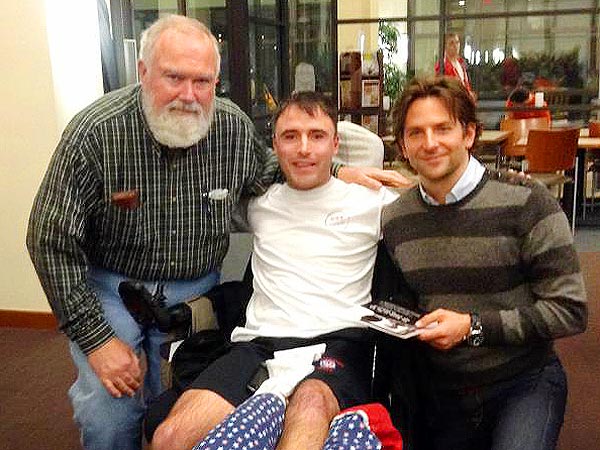The iPad has proven to be an especially useful communication tool for young people with autism. It provides a way to express themselves through words and images; it can be used to teach them about everyday scenarios and give them more independence. It’s also far less bulky than some communication devices of the past.
Autism Spectrum Disorders are developmental disabilities that affect about one in every 88 children, and one in 54 boys.
[More from Mashable: 10 Essential Tools for the Lean Web Developer]
Jonathan Izak‘s 12-year-old autistic brother inspired him to develop the AutisMate app for iPad. His brother, Oriel, is mostly nonverbal and used to struggle to communicate, sometimes throwing tantrums when he was unable to get his point across, Izak tells Mashable.
At 7 years old, Oriel had to wear a heavy communication device around his neck, which further set him apart from other children at school. Now, Oriel carries an iPad and uses the app his brother developed to communicate and learn new behaviors like how to act in specific social situations.
[More from Mashable: Tablet Shipments Hit Record Levels While Apple’s Market Share Declines]
With AutisMate, parents or caretakers take and upload photos of their child’s bedroom, the kitchen, his or her school to the app. When the app launches, the iPad’s GPS will know where the user is and allows them to tap pictures of their surrounding environment. The child can tap the refrigerator, for instance, to express that he or she is hungry.
Izak says these visual tools for communication don’t become a permanent crutch but rather promote speech and communication.
It’s not uncommon for children with autism to be nonverbal and need the iPad to communicate. AutismSpeaks.org says it’s estimated that 25% of people with autism are completely nonverbal.
Izak explains that, for someone with autism, the unknowns in life can be scary, so to prepare that person for the world, apps like AutisMate show scenes of how to do everyday things like go to a restaurant or the doctor’s office.
Parents, caretakers and doctors know early intervention with autism is a key factor to increasing their child’s likelihood of communicating, which is probably why most autism apps focus on children. iPad apps to help children with autism develop their communication skills are part of a rapidly growing market and have proved to be effective tools. Check out some of the apps we found and others recommended to us. Let us know if you know of any other useful apps for people with autism.
Click here to view the gallery: Autism Apps
Photo courtesy of iStockphoto, UrsaHoogle
This story originally published on Mashable here.
Gadgets News Headlines – Yahoo! News
Title Post: Innovative Ways the Autism Community Uses iPads
Url Post: http://www.news.fluser.com/innovative-ways-the-autism-community-uses-ipads/
Link To Post : Innovative Ways the Autism Community Uses iPads
Rating:
100%
based on 99998 ratings.
5 user reviews.
Author:
Thanks for visiting the blog, If any criticism and suggestions please leave a comment










